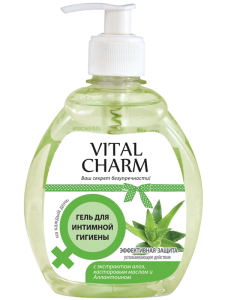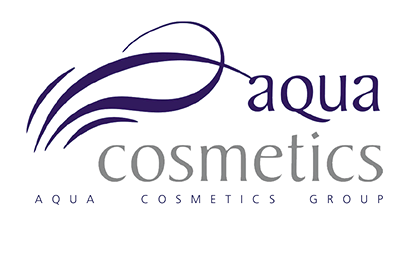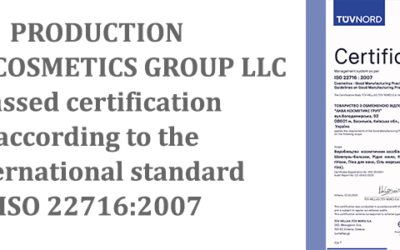Lactic Acid in Cosmetics
Lactic Acid Lactic Acid (lactanic acid) is an organic cosmetic component, a dyu of a yakogo with a bagato-like character. To this, the vibro-fighters include a Qiu rechovin to the warehouse themselves, riznomastih for their property, a confession for the dollygma for the diametrically opposite types of shkri.
Why should I drink milk acid?
Molochnu acid mozhut otrimuvati z tvarin dzherel, and takozh sintezuvati in the laboratory from organichnoe sirovini, including milk, takozh, milk acid virobljayut sham fermentatsiі kukurudzi.
Lactic acid, or alpha-hydroxypropionic, 2-hydroxypropionic or lactanic acid – is formed during the decay of glucose. It is a water-soluble, non-viscous substance. It refers to alpha hydroxy acids (AHA), that is, fruit acids.

The action of lactic acid in cosmetics:
- Exfoliation
Lactic acid weakens and breaks the ties between the cells of the stratum corneum (corneocytes), which leads to a uniform and controlled exfoliation of the dead skin cells. At the same time, it removes such defects as unevenness, dull gray skin.
- Anti-aging effect
The use of this component for cosmetic purposes also helps to smooth out the relief of the skin surface and smooth out small facial wrinkles. Rejuvenating and lifting effect of lactic acid is associated with its ability to stimulate the formation of new skin cells and fibroblasts (cells of the papillary dermis responsible for the production of collagen and elastin). Lactic acid also has a positive effect on the synthesis of other molecules important for the health of the skin – mucopolysaccharides (glycosaminoglycans).
- Moisturizing action
Lactic acid is also able to bind water molecules and has a pronounced moisturizing effect, which is not surprising, because it is one of the components of a natural moisturizing factor (NMF). Thus, lactic acid complexly contributes to the improvement of elasticity and skin turgor increase – first, by increasing the moisture content in it, and secondly, by strengthening collagen and elastin.
- Antioxidant action
Lactic acid reduces the production of free radicals (superoxides and hydroxyls), and protects the skin from aggressive environmental factors and lifestyle (smoking, malaise, etc.)
- Bactericidal action
This ingredient is also irreplaceable for problems of oily skin prone to inflammation and acne formation: lactic acid has a seborrhagic effect and helps to “unlock” pores from white and black comedones. In passing, it exhibits bactericidal and anti-inflammatory properties.
- Maintaining the normal pH of the mucosa
It is for this reason that lactic acid is added to the means for intimate hygiene. Also showing bactericidal properties, it protects the intimate area from “uninvited guests”.
 Gels for intimate hygiene TM Vital Charm “Effective protection” contain not only lactic acid, but also an extract of aloe, castor oil and allantoin. Aloe extract has a moisturizing and regenerating effect, it creates effective protection from the aggressive influence of the external environment. Castor oil restores the natural level of hydration and softens the skin. Allantoin has an anti-inflammatory effect, eliminates irritation and redness.
Gels for intimate hygiene TM Vital Charm “Effective protection” contain not only lactic acid, but also an extract of aloe, castor oil and allantoin. Aloe extract has a moisturizing and regenerating effect, it creates effective protection from the aggressive influence of the external environment. Castor oil restores the natural level of hydration and softens the skin. Allantoin has an anti-inflammatory effect, eliminates irritation and redness.
- Whitening
In addition, lactic acid is valued for an effective bleaching effect, which is also manifested in two ways – by exfoliating the surface cells of the epidermis, and due to its special biochemical properties. The fact is that this substance contributes to a more even distribution of melanin in the epidermis, and also slows down the synthesis of tyrosinase, an enzyme that increases the production of this pigment.
- Mitigation of aggressive components
Also lactic acid is perfectly combined with other alpha hydroxy acids (AHA), it softens the effect of all the other more aggressive components and is therefore often used in professional chemical peelings







